What are Capos, Spikes and Fifth String Capos?
Most five string banjos are tuned so that strumming across the strings produces a major chord; that chord being a “G”. If you are new to music or banjo playing, don’t be too concerned about what “G” means. For the sake of this explanation of spikes, playing a song where the “G” chord is the “foundation” or “starting point” for a song generally means that the song is in the “key of G”. Just knowing that you are playing “in the key of G” will help you when playing with other musicians.
When you start playing with other musicians, you will discover that they don’t always want to play songs that are based on G, or that is, they don’t want to play in the key of G. Fiddlers and mandolin players often play in the key of “A”. Vocalists might need to sing in a “key” that is more “comfortable” or “appropriate” for their voice. By using a device called a capo, a banjo player can raise the first four strings of the banjo to change the “key” or the “foundation” of the song to “A”, for example, instead of “G”. The capo is a small clamp that pushes down the first four strings of the banjo a bit like an artificial finger and when playing in the “key of A” the capo clamps the strings down just behind the second fret.
However, when the capo, or clamping device, clamps across the first four strings, what do you do with the short fifth string? By using a model railroad spike which is basically a very small nail with a head that hangs over more on one side than the other, and by installing this “spike” behind the 7th fret, the fifth string can be slipped underneath the spike, which holds the string against the 7th fret which changes it’s pitch from G to A and makes it musically compatible with the other four strings. (Just a note for do it yourselfers, do not just drive these little spikes into your banjo fingerboard. There must be a hole drilled first and then the spike will not crack the hard fingerboard. ) When you slip the string underneath the spike, it does tend to distort the tuning of the string slightly, so a small amount of re-tuning is necessary when the spikes are used.
Players who prefer spikes like the fact that they are not easily visible. The spikes are so small and usually dark in color so from even a short distance they virtually disappear. Also, for players who wrap their thumb around the neck to fret the fifth string, the spikes are minimally intrusive. You do feel the spike under your fretting finger tip but most players adjust to it in a short time. Spikes are not fast to use and do require re-tuning but their un-obtrusive nature is popular.
Some players prefer to use a “sliding fifth string” for their banjo. This capo is usually a thin rail that is screwed to the side of the banjo neck and has a small adjustable “finger” of metal that tightens down with a thumbscrew to “artificially” finger the fifth string at the desired fret. The best fifth string capo is made by a company called Shubb, named for the capo’s inventor, Rick Shubb. The sliding Shubb capo is available in two lengths. The short version will “reach” about 5 frets and the long version will reach about 7 or 8 frets. The mechanical “finger” is loosened by a small thumbscrew, and then it slides on the rail until the next desired fret is located. When the finger is just behind the desired fret, the thumbscrew is tightened until the string sounds clear and the desired pitch. This system is precise, easy to use and tends to not distort the pitch like the spikes.
Pickers new to the banjo regularly ask us, what capo should I buy and should I get a sliding capo or spikes?
We recommend for new players, who don’t know which system they want, that they get spikes for their banjos for these reasons: When we install spikes in the fingerboard of a banjo, we drill tiny, tiny holes and tap the spikes in to the right depth. If a player decides after using the spikes for a while that they don’t like them or would rather use a sliding capo, the spikes can be removed, and the tiny holes filled. Because the holes for the spikes are so tiny, they virtually disappear so the banjo is not very dis-figured by installing spikes.
The sliding Shubb capo is fastened to the side of the neck with three small screws. Some players do not like the “raised” feel of the “rail” that is attached to the side of the neck. While is it rather slim, and close to the neck, it does stick out a little for players who wrap their thumb around the neck or who use their thumb to fret the fifth string. But, the sliding capo is much faster to change tunings and many players can change their fifth string tuning WHILE playing which is not possible with spikes. For the player who likes the sliding capo, it is wonderfully fast, positive, accurate, non-distorting and reliable.
When the sliding capo is removed, there are three very noticeable holes left in the side of the neck that practically cannot be made invisible. This is not an issue if the capo is installed and stays on the banjo. So, when a customer asks us which should they chose, we always suggest spikes because if they change their mind and get a sliding capo, their banjo will not show any damage.
As far as the capo to cover the first four strings, there are many excellent choices on the market. They each have advantages and we will address capos for the first four strings in a separate article.
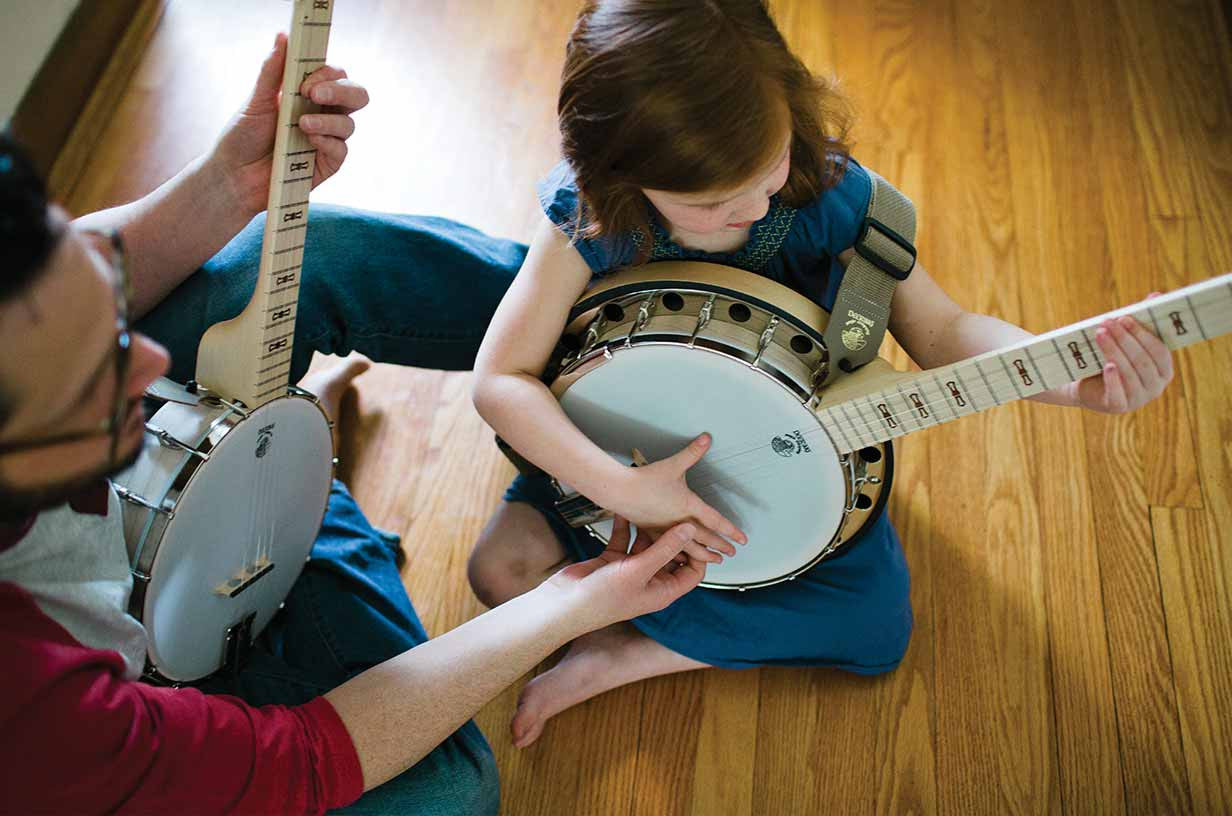
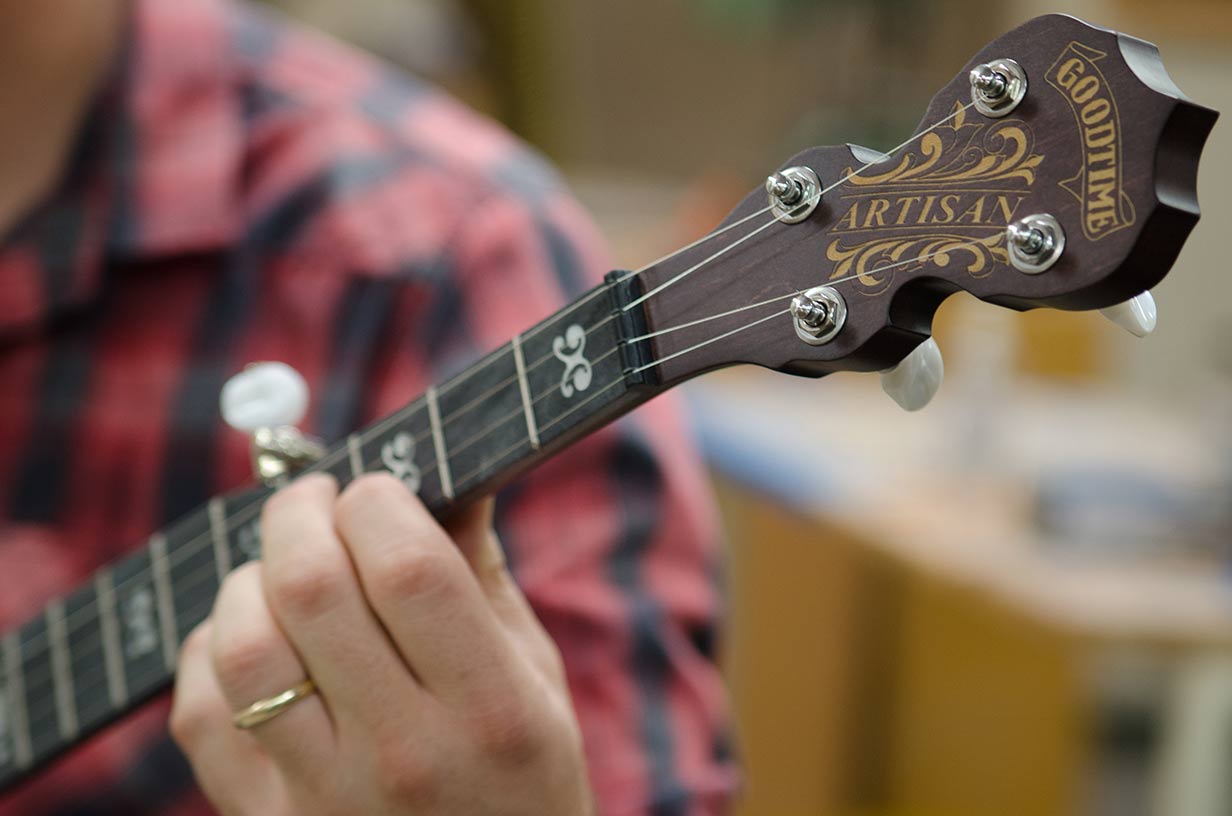
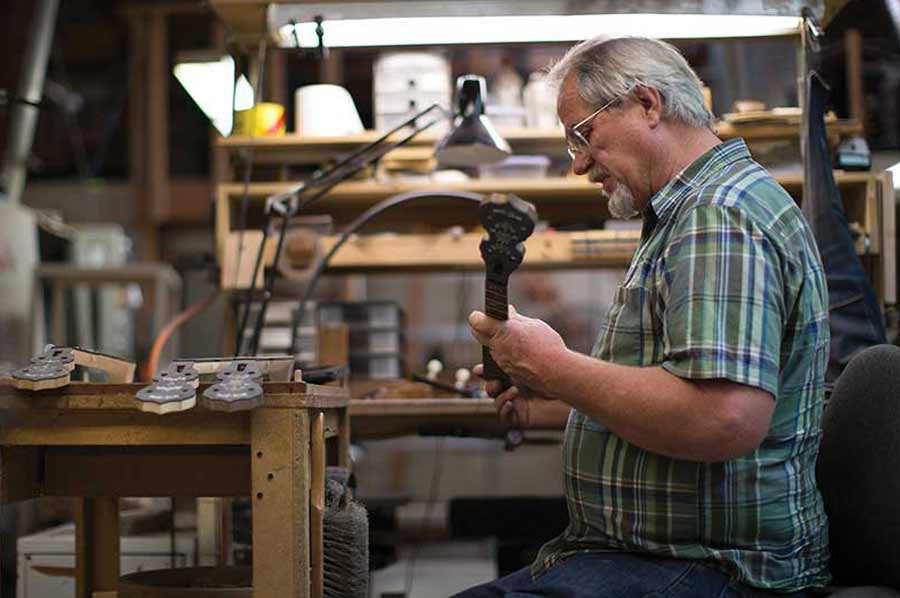
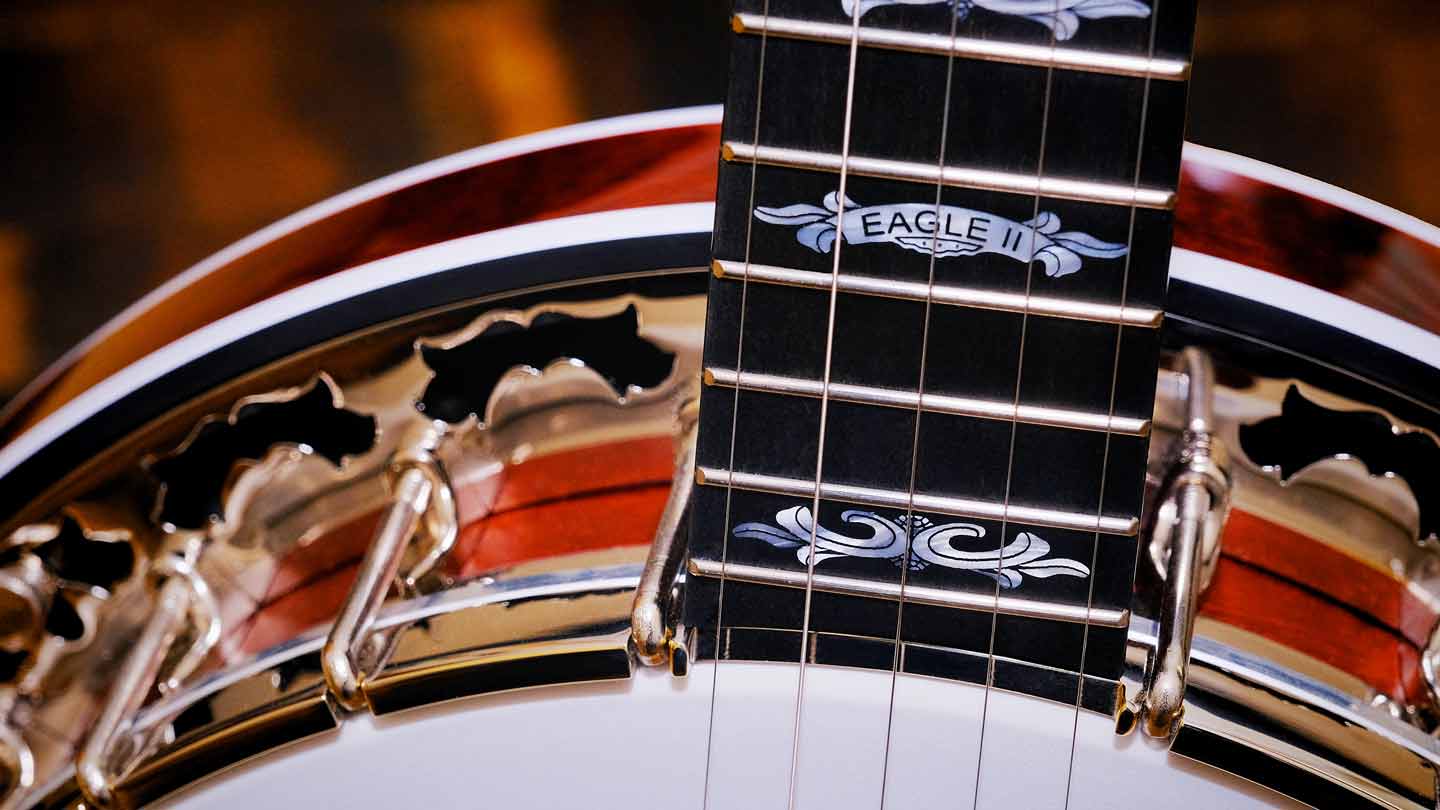
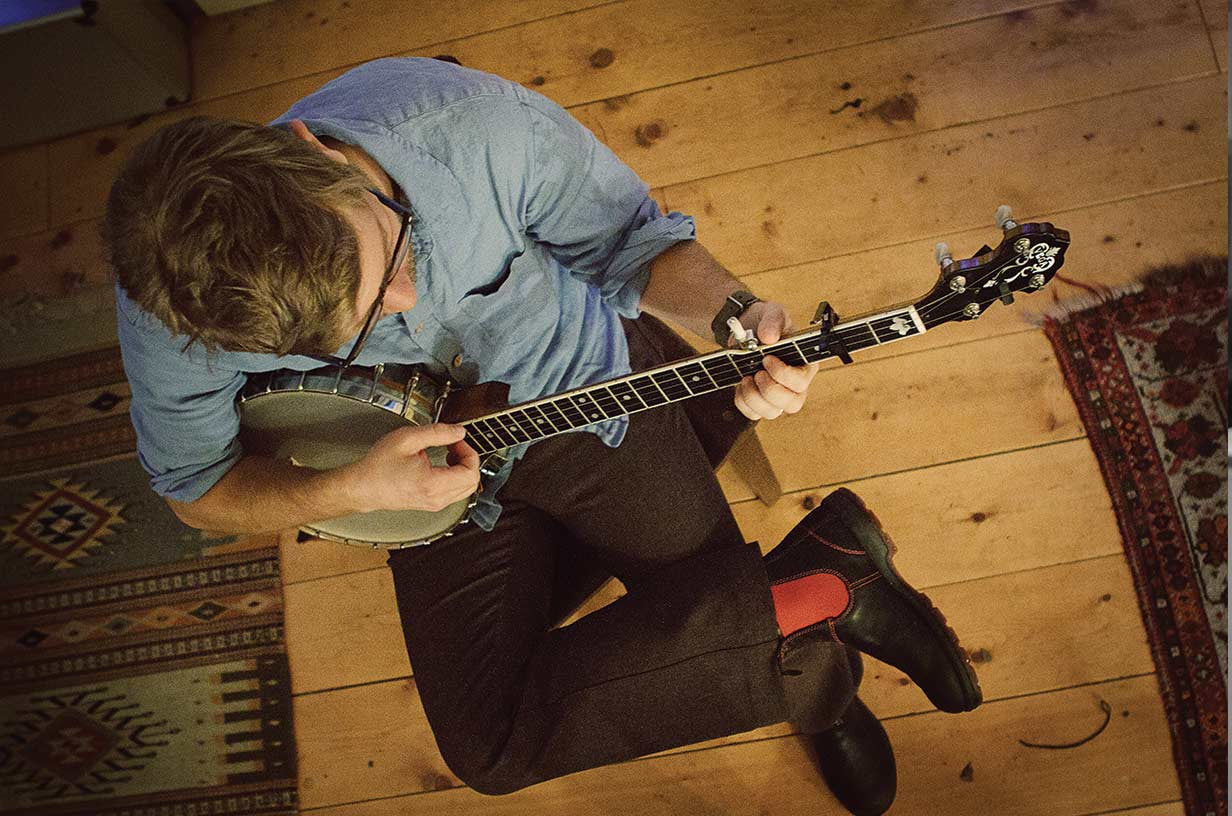
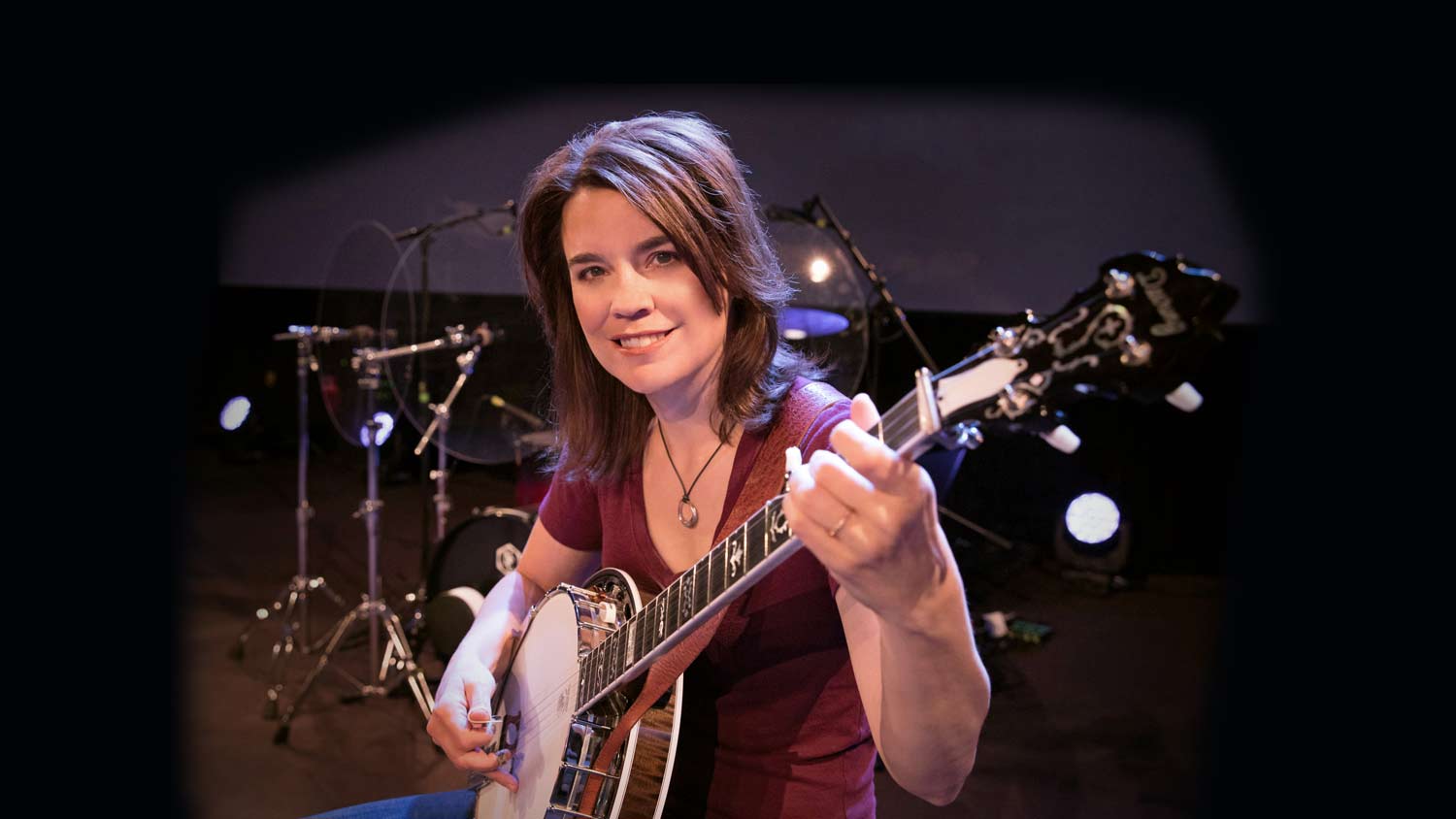
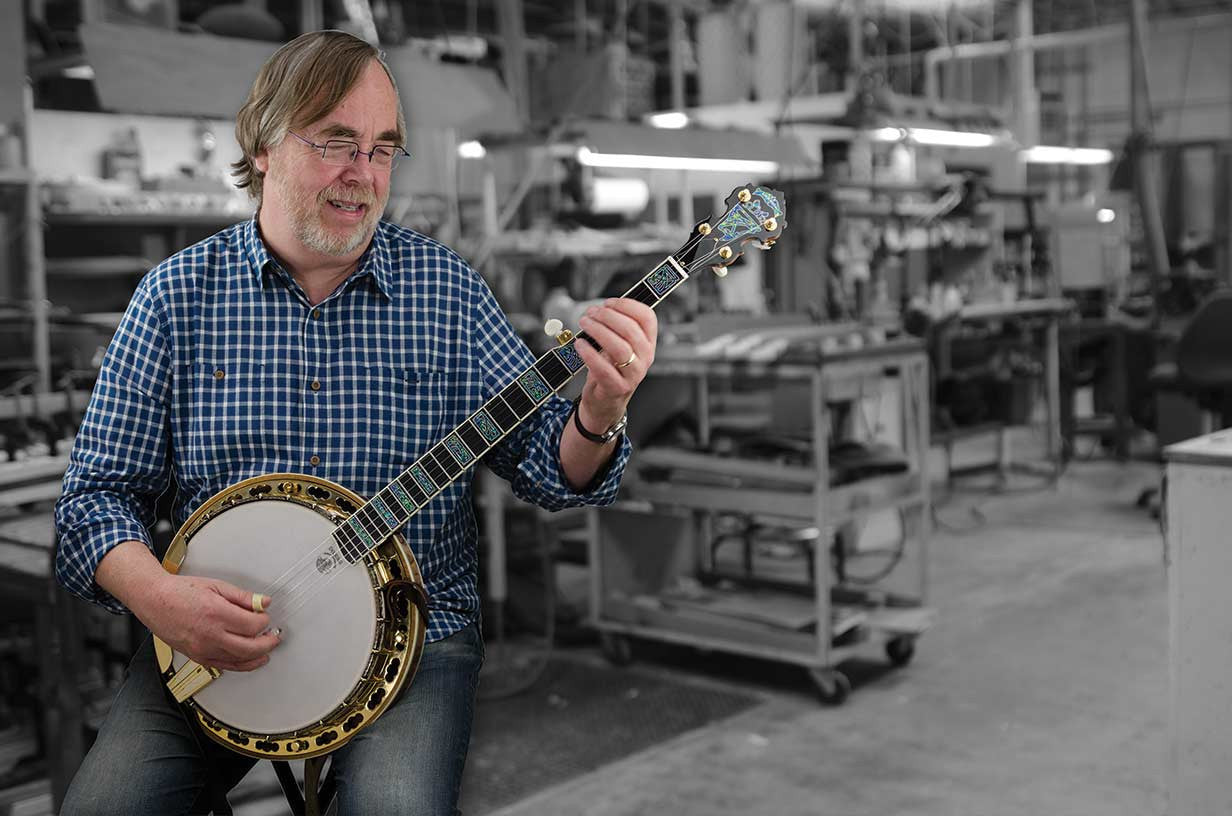
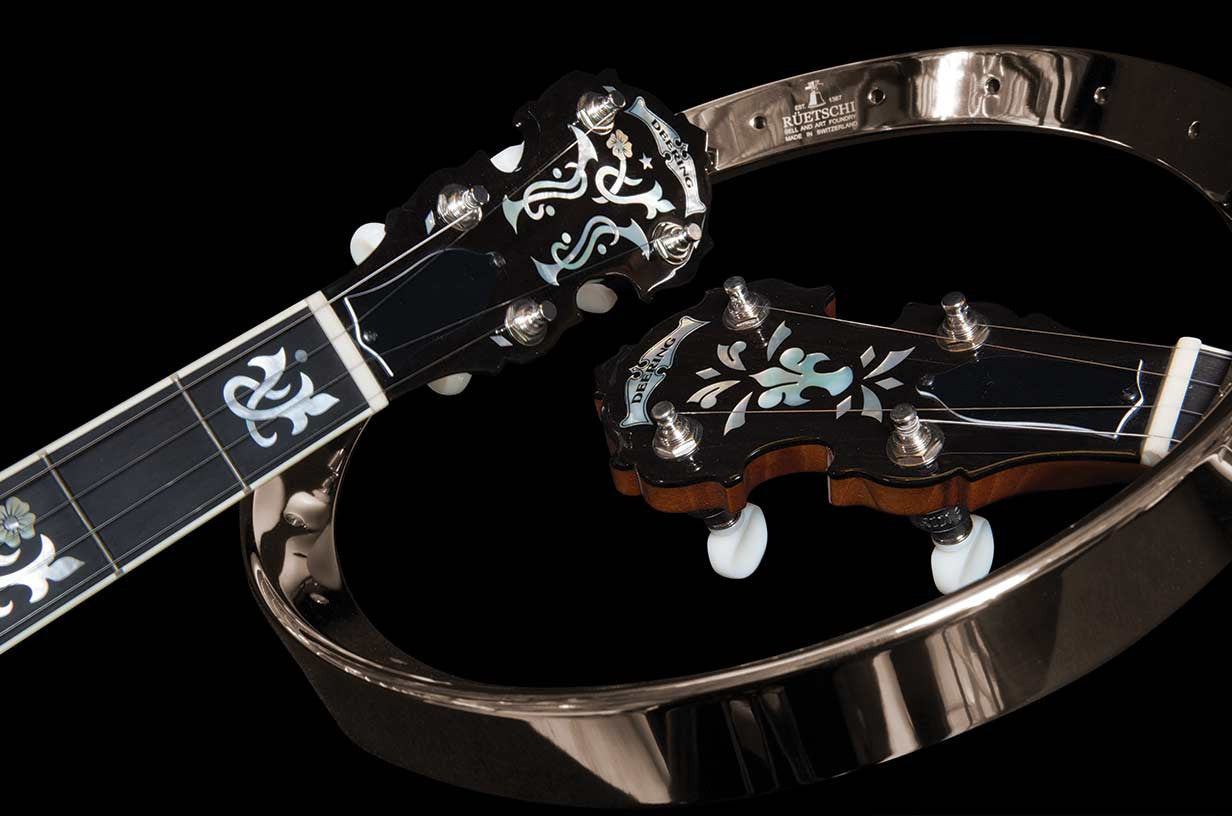
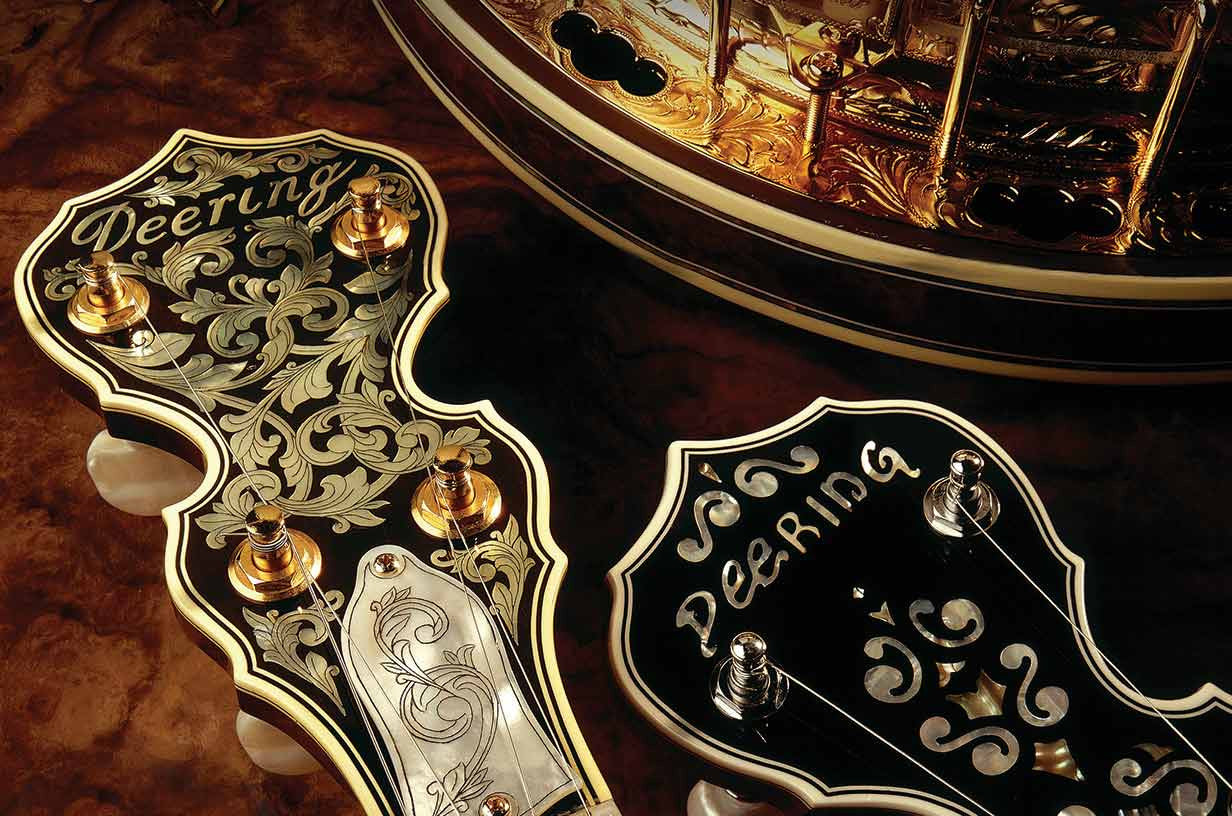


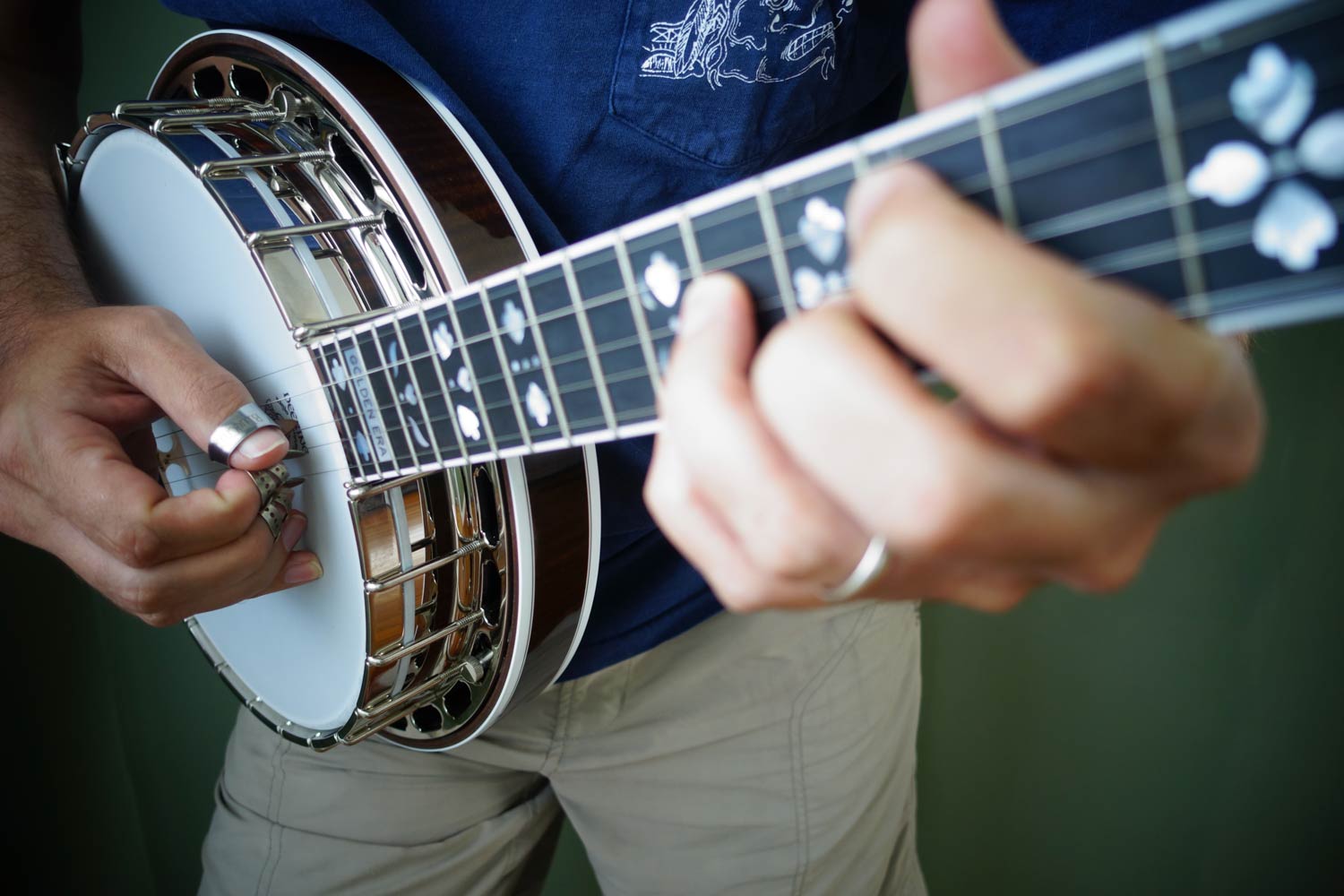
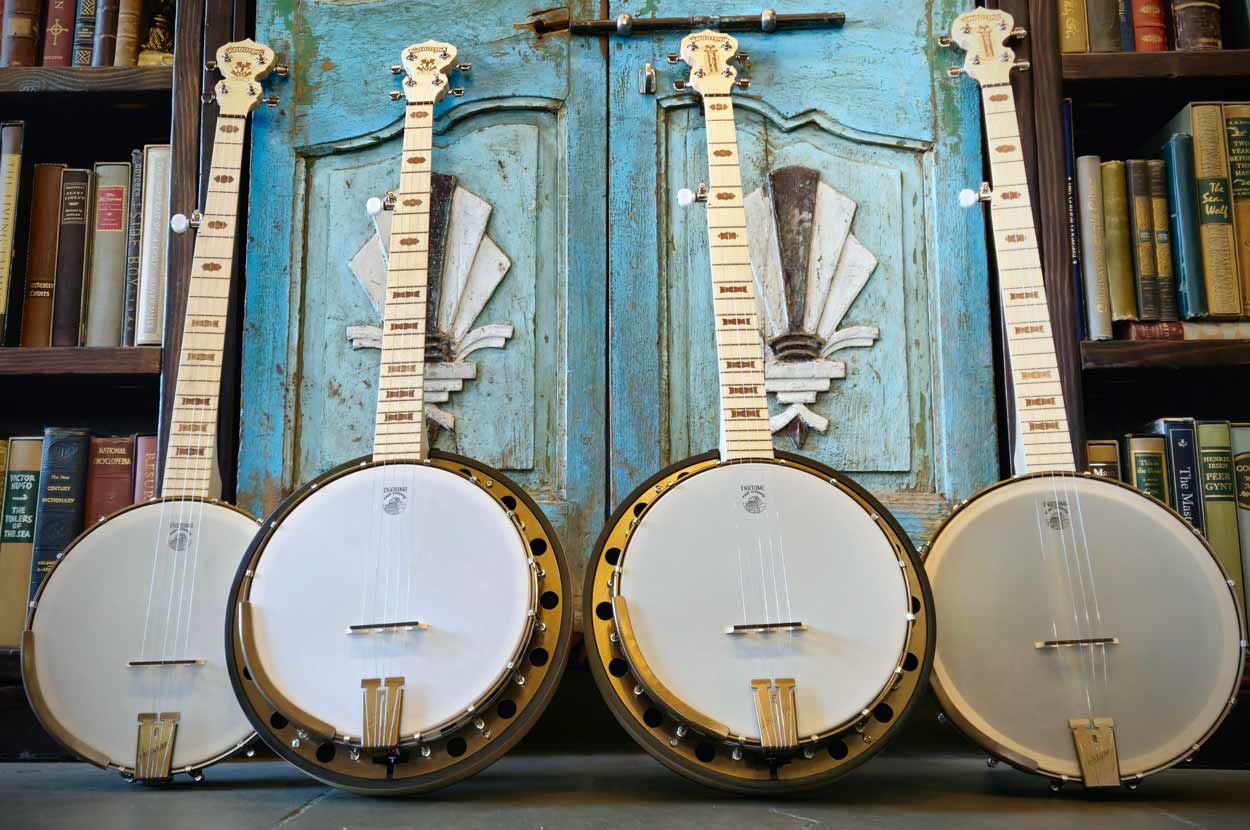
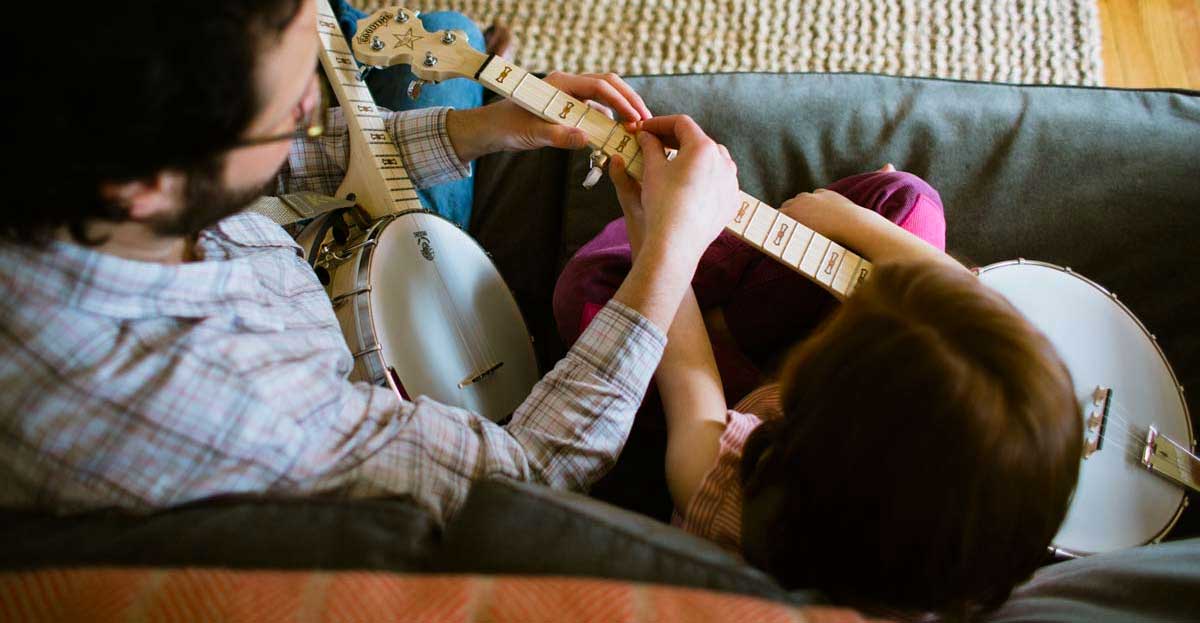
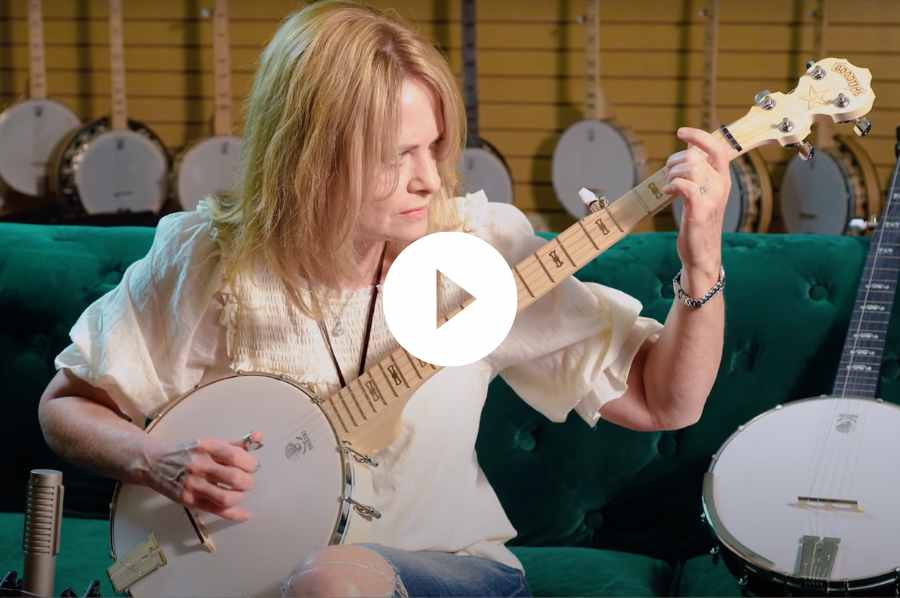
how often do banjo players put in a spike on the 12th fret…is that common or rare?
Leave a comment